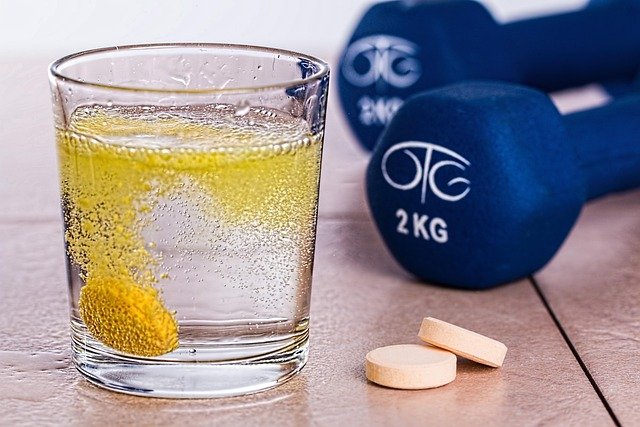Hydration strategies aligned with daily activity levels
Hydration needs shift with the intensity and duration of daily activities, from desk work to vigorous exercise. Understanding how fluid balance interacts with meal timing, macronutrients and micronutrients, digestion, and recovery can help you plan portions and meals that support energy throughout the day. This article summarizes practical hydration strategies tied to activity levels and tracking tips.

How does hydration vary by activity level?
Hydration needs depend on the type, intensity, and duration of activity. Sedentary periods require a steady baseline of fluids to support digestion and cellular function, whereas light activity like walking may increase water loss marginally and can be managed with modest additional intake. Moderate to vigorous exercise raises sweat rates and electrolyte loss; during those sessions, prioritizing fluid intake before, during, and after activity helps maintain blood volume and temperature regulation. Observe thirst cues but also plan fluid intake around known activity windows to avoid large deficits that can impair focus and performance.
What timing supports energy and recovery?
Timing fluids and meals can influence energy availability and recovery. Drinking a glass of water with breakfast and spaced sips throughout the morning supports digestion and steady energy. For workouts, consume 200–350 ml of fluid 15–30 minutes beforehand when possible; during longer sessions, small frequent sips help sustain energy and delay fatigue. Post-exercise, prioritize rehydration with fluids that replace both water and electrolytes to support recovery. Pair rehydration with a balanced post-activity meal or snack to replenish glycogen stores and support muscle repair.
How do portions and mealplanning affect hydration?
Portions and mealplanning can change daily fluid balance. Meals with high water-content foods—soups, stews, fruits, and vegetables—contribute to total hydration and reduce the need for extra fluid between meals. Mealplanning that spaces protein, carbohydrates, and fluid throughout the day can prevent large swings in thirst and energy. If portions are larger or meals contain higher sodium or protein, additional fluids may be needed to assist digestion and kidney function. Planning snacks and meals around active periods can ensure both energy and hydration needs are met without over-consuming fluid at once.
What role do macronutrients and micronutrients play?
Macronutrients influence fluid needs: carbohydrate stores (glycogen) bind water, so when glycogen is depleted during prolonged activity, some water is lost. Protein intake affects renal solute load and may modestly increase fluid requirements, while fat has less direct effect on hydration. Micronutrients such as sodium, potassium, magnesium, and calcium are important for fluid balance and muscle function; losing them through sweat can affect recovery and cramping risk. Including a mix of whole foods rich in micronutrients and occasionally using electrolyte-containing beverages during extended activity supports both hydration and nutrient balance.
How can plantbased choices influence digestion and hydration?
Plantbased meals often include high water-content foods and fiber that support digestion and slow gastric emptying, which can help steady blood sugar and sustain energy. However, increased fiber intake without adequate fluid can cause relative dehydration and gastrointestinal discomfort, so people emphasizing plantbased eating should monitor fluid intake carefully. Beans, whole grains, and leafy greens provide both micronutrients and water, but pairing these foods with appropriate fluids and spacing them across the day helps manage digestion and hydration simultaneously. Consider meal timing to align heavier plant-based dishes with periods when you can consume adequate fluids.
How to use tracking and labels for better hydration?
Tracking fluid intake and observing labels can improve hydration habits. Use a simple log or app to note volumes consumed, timing relative to activity, and any patterns in thirst, energy, or digestion. Beverage labels can help you compare electrolyte content and added sugars; choose options that suit the duration and intensity of activity—plain water for short, low-intensity periods and electrolyte-containing beverages for extended, sweat-heavy sessions. Label-reading also helps control added calories from sugary drinks. Regular tracking supports adjustments in portions, timing, and mealplanning for individualized hydration strategies.
This article is for informational purposes only and should not be considered medical advice. Please consult a qualified healthcare professional for personalized guidance and treatment.
In summary, aligning hydration strategies with daily activity levels means planning fluids and meals around timing, portion sizes, and nutrient composition. Paying attention to macronutrients and micronutrients, using plantbased foods strategically, and tracking intake and labels can create a consistent approach that supports energy, digestion, and recovery across a range of activities.





